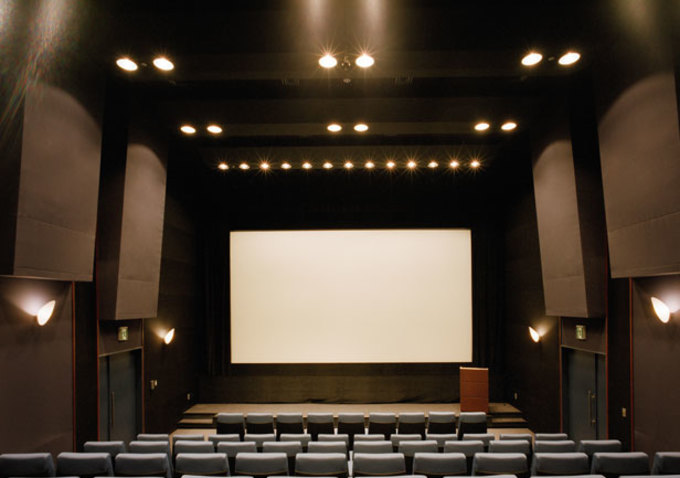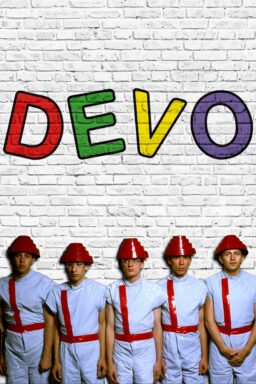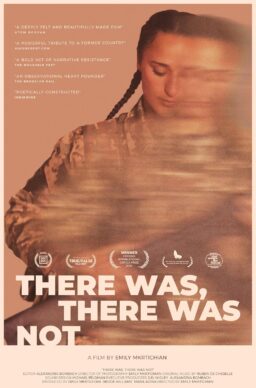1.
“Second Sight: How Channel-Surfing, an iPod, and Peggy Sue Got Married Restored a Movie Critic’s Eyesight”: In a rich and beautiful piece of writing, legally blind film critic Aaron Aradillas tells his powerful story at Press Play.
“The comfort you find in routine can, at times, be overwhelming. You turn on your computer for the first time in weeks to check your e-mail. You have hundreds of unopened e-mails in your inbox, but it’s one of the most recent ones that catches your eye. It’s an invitation to a promotional screening. You haven’t been to a movie, let alone a promo screening, since mid-December. You accept the invitation, explaining to the PR person why you’ve been dormant for the last seven weeks. You get dressed for the first time where the destination isn’t a doctor’s office. The ride in the car is mostly quiet, the radio providing most of the entertainment. Certain turns on the highway seem familiar. Yes, we turn right, then left, then right again. You walk into the theater and the sound of people rushing to the concession stand or their assigned auditorium washes over you. You remember that most promo screenings are either in screen 9 or 8, and without missing a beat, the ticket-taker says your screening is in screen 8. Your party gets allowed in first, annoying the people still waiting to be let in. (Ahh, the perks of being with the press.) You walk down to the very front row and take a seat. The screen is huge. You had forgotten how big the screen was. You wonder how much will you see? Will it be better than before? The lights go down and, for a brief moment, you panic. Darkness is something you’ve come to associate with dread, not joy.”
2.

“Show Me a Story”: At Reverse Shot Ashley Clark finds the connective tissue between the 1992 thriller Juice and the acclaimed TV program The Wire. Related: A video essay by Erlend Lavik entitled “Style in The Wire”.
“For all the rapturous praise that HBO’s Baltimore-set epic The Wire has received since it debuted in 2002, descriptions of it in visual terms have been rare. Critical appraisals instead tend to focus—neither unfairly nor surprisingly—on its impressively labyrinthine plotting, rich characterizations (in particular an unprecedentedly diverse range of roles for black actors), and darkly diagnostic sociopolitical/pedagogical thrust. Unlike The Sopranos, with its lush, searching tableaux, or Breaking Bad, with its sun-seared Albuquerque vistas, The Wire operates under a tight visual schema that might best be described as a blend of Frederick Wiseman’s unobtrusive documentary surveillance and Sidney Lumet’s gritty, mobile street work—that is to say, it is with distinctly cinematic precedent. Nevertheless, it has been derided by prominent critics for a perceived lack of visual originality. Noted formalist David Bordwell, who made it through four of the show’s five seasons, described it as “uninspiringly shot,” while The New Yorker’s Richard Brody, speaking at a debate in January 2012 entitled ‘The Big Story: Is Television the New Cinema?’ was more vituperative. ‘The Wire sucks,’ he railed, rubbishing the idea that it could ever be construed as cinematic: ‘[T]here is no image. It’s a way for us not to think about image and sound. I have contempt for story. When I watch an episode of The Wire, I feel like I’m watching an episode of a story conference. I see story editors sitting in a room with conference cards.’The Wire’s bullish cocreator and show-runner, David Simon, hasn’t necessarily helped to abate such perceptions by consistently downplaying the series as entertainment in favor of promoting its socially conscious credentials. In a profile, writer Nick Griffin described Simon—rather wonderfully—as a ‘Trojan horse who found himself perturbed by the artistry of his own horse.'”
3.
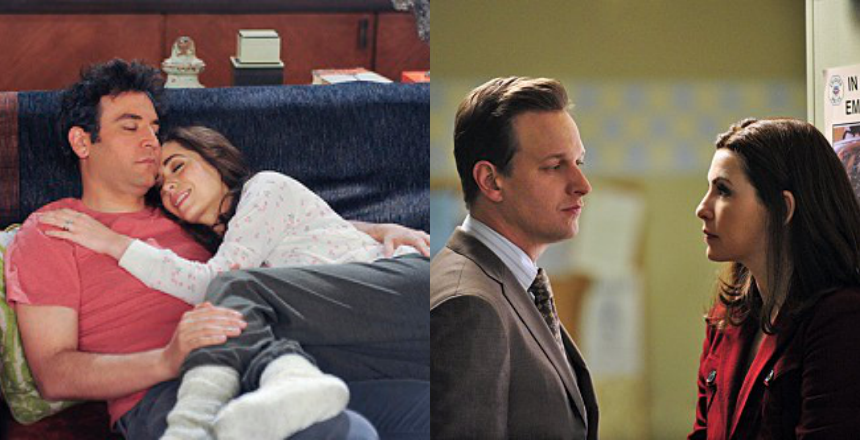
“‘How I Met Your Mother’ and ‘The Good Wife’ Finales Portray Loss Through Two Lenses”: Sarah Seltzer at Modern Loss sheds some light on how two TV programs depict death. SPOILERS AHEAD.
“Death on TV is complicated. Often, we feel fictional loss as though it’s actually happening to us. But we also crave an entertaining story, full of conflict. Sometimes these two values clash against each other. The Creators of “How I Met Your Mother,” the twisty, turning, narrated sitcom about 20-somethings, then 30-somethings in New York City, did what many fans had desperately hoped they wouldn’t do in Monday’s hourlong series finale, entitled “Last Forever.” They finally showed Ted meeting “the mother”…then, boom! They killed her off.”
4.

“Mannish Boy”: Yesterday Mac DeMarco’s sophomore album Salad Days dropped. The man behind this superb record was recently profiled at Pitchfork by Evan Minsker.
“It’s late October when I walk up to Mac DeMarco’s home studio in Bushwick, Brooklyn, where the creaky iron gate outside never seems to shut all the way. The 23-year-old comes to the door looking and sounding like he’s been up all night—eyes drooping, not really smiling. He’s got a mustache and scraggly facial hair in that nebulous zone between “five o’clock shadow” and “actual beard.” He’s wearing the hat he wears all the time, the one with the patch on it.”
5.
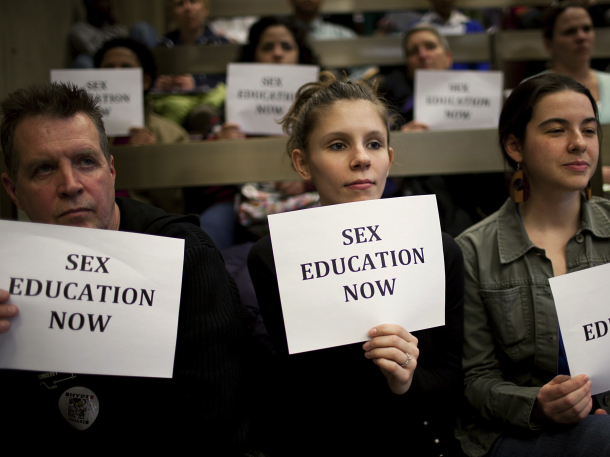
“Are American Teenagers Getting More Promiscuous?”: Nate Silver’s new venture entitled Five Thirty Eight looks at matters through a statistical lens. Mona Chalabi analyzes sexual promiscuity.
“The news media seem intent on focusing on America’s hookup culture and the end of courtship. Hollywood may also be influencing perceptions. Since 1952, 172 films have featured teenage sex, according to IMDb.com, and a whopping 79 of them were released in the past decade. The only problem is, it’s just not true.”
Image of the Day
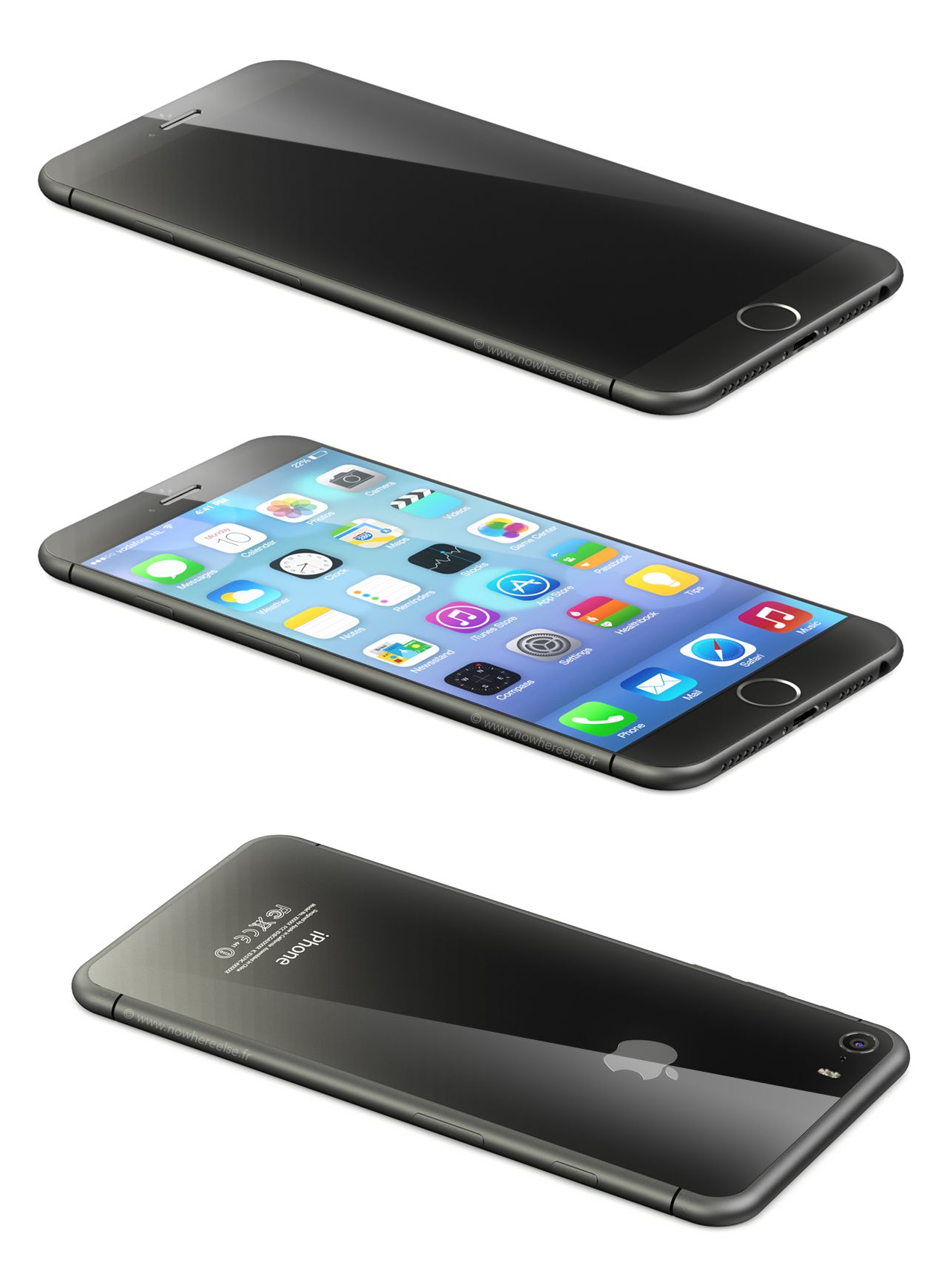
The iPhone 6 schematics have arrived. Somehow Apple keeps making these things slimmer. Read more at Cult of Mac.
Video of the Day
At Blip.TV, appropriation of the past in Game of Thrones.

